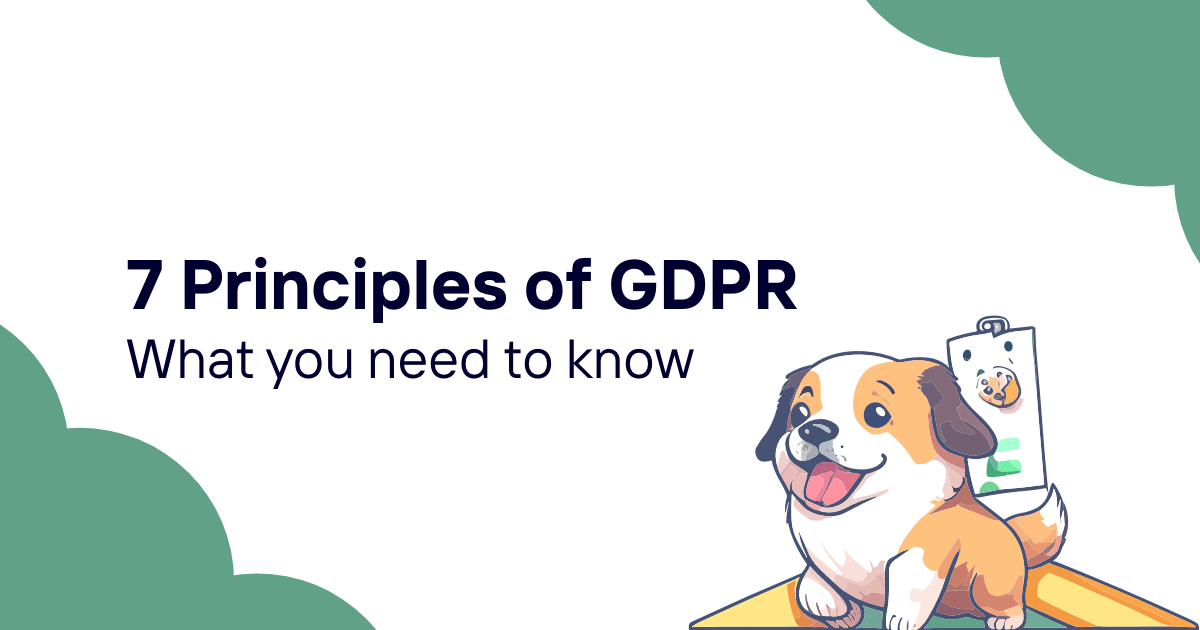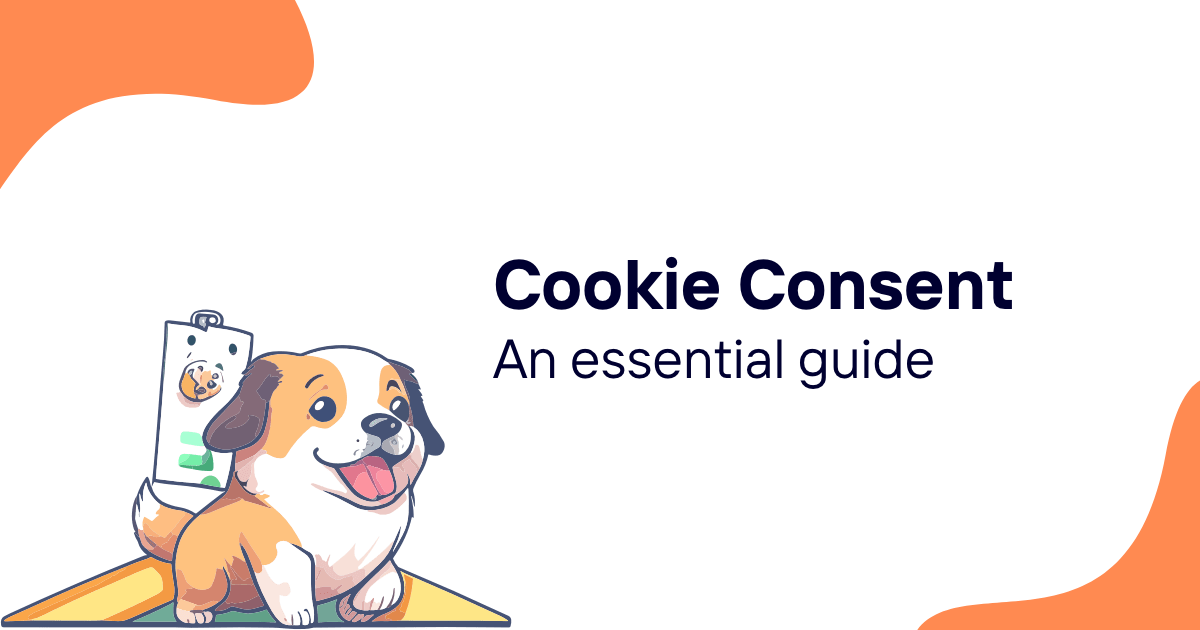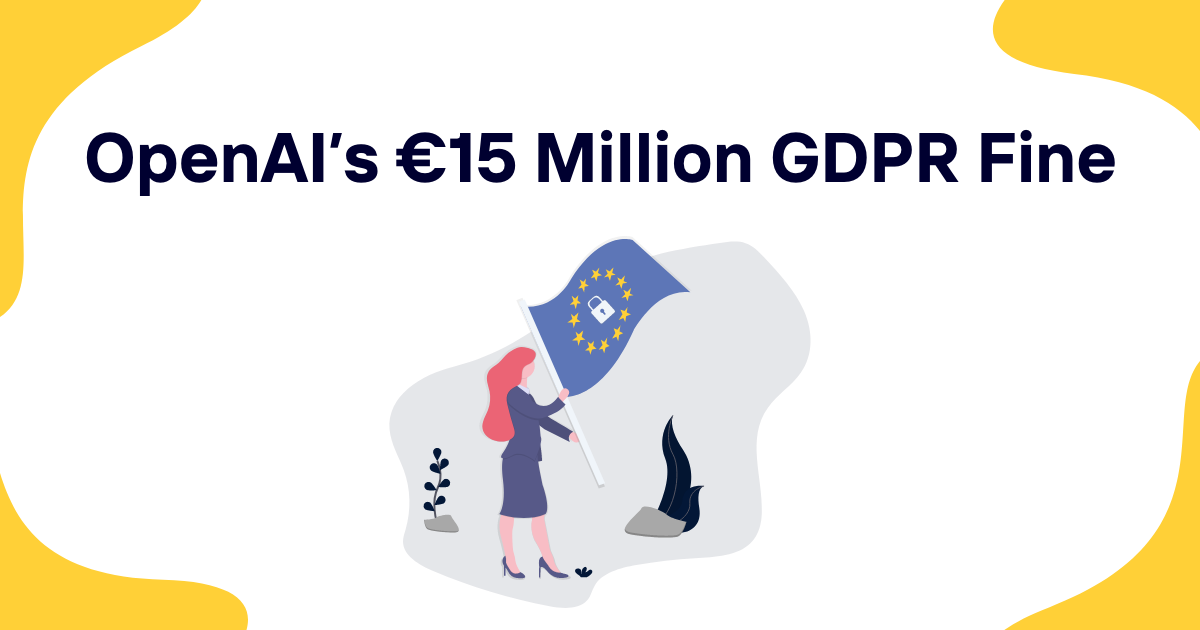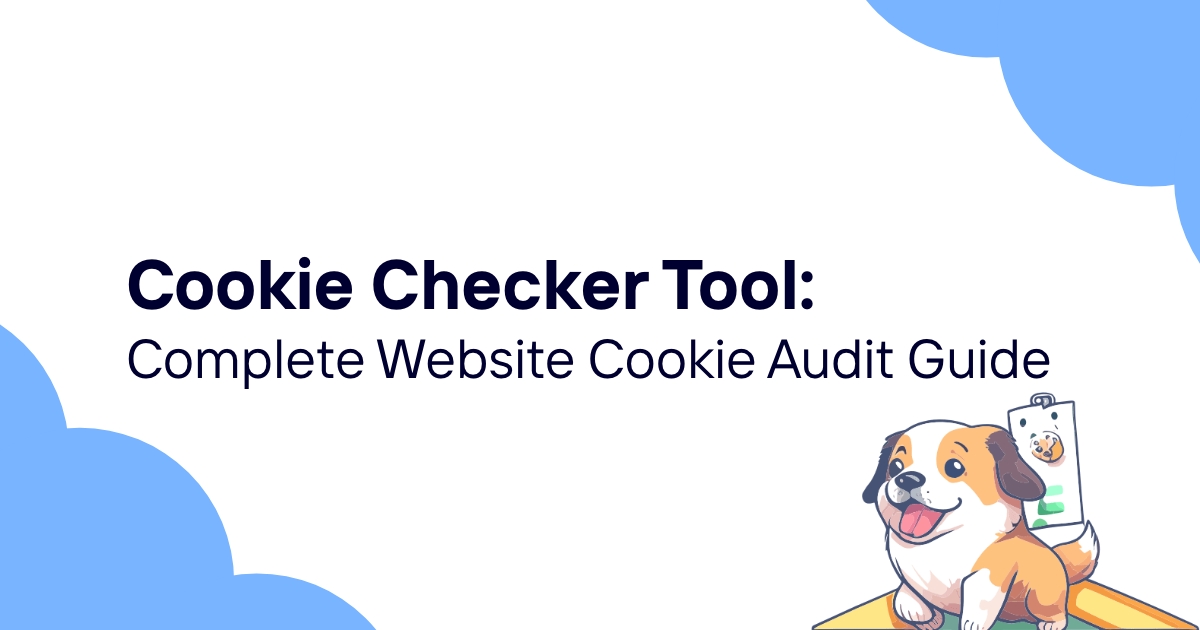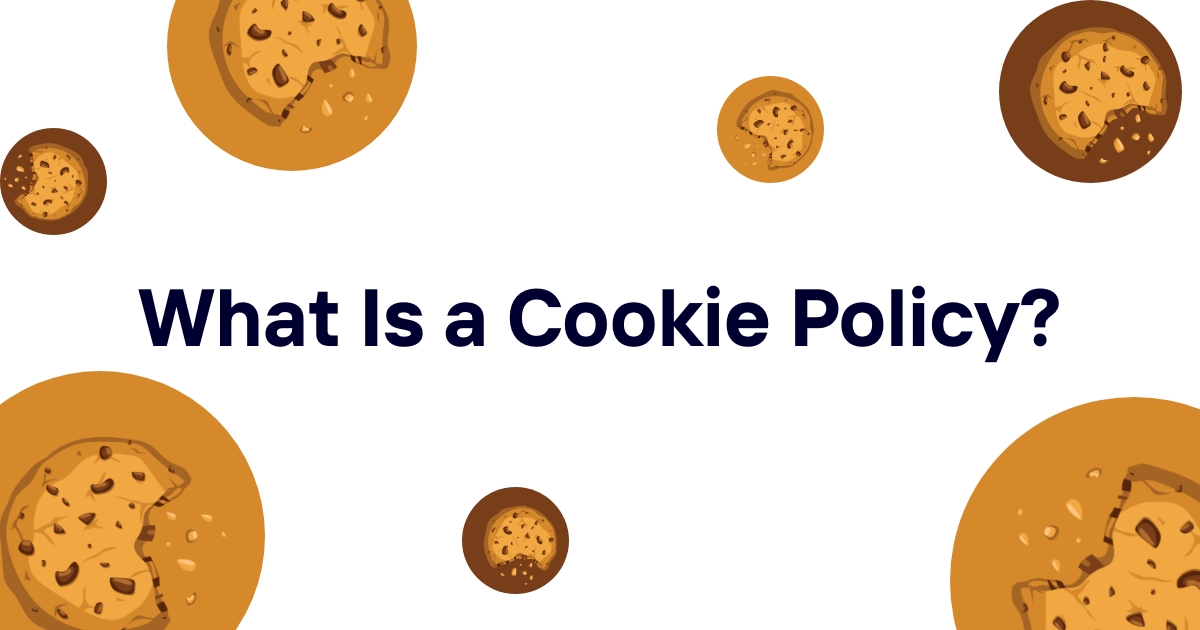The digital advertising ecosystem is experiencing its most significant shift since the dawn of targeted marketing. Third-party cookies, the invisible trackers that have powered online advertising for decades, are disappearing. Apple already blocks them by default. Firefox too. And while Google Chrome has delayed its cookie deprecation timeline multiple times, the writing is on the wall.
This isn't just another tech update. It's a fundamental reshaping of how brands reach customers online. For marketers who've built their entire attribution models around cookie-based tracking, the transition feels seismic. But here's the thing – smart companies aren't waiting around to see what happens next.
Table of contents
- Understanding the cookieless landscape
- The privacy-first consumer mindset
- Building first-party data strategies
- Contextual advertising renaissance
- Server-side tracking solutions
- Identity resolution without cookies
- Privacy-compliant attribution models
- Zero-party data collection strategies
- Preparing for a cookieless measurement framework
- Technology partnerships and vendor evaluation
- Organizational readiness and team alignment
- Future-proofing your marketing stack
Understanding the cookieless landscape
The phase-out of third-party cookies stems from mounting privacy concerns and regulatory pressure. European GDPR requirements have made cookie consent mandatory, while California's CCPA has given consumers explicit opt-out rights. But regulation is only part of the story.
Consumer awareness about data privacy has reached a tipping point. Studies show that 86% of consumers care about data privacy, and 78% are willing to sacrifice convenience for better privacy protection. This shift in consumer sentiment has pushed browsers to take action.
Safari's Intelligent Tracking Prevention (ITP) has been blocking third-party cookies since 2017. Firefox's Enhanced Tracking Protection does the same. Chrome, which holds roughly 65% of the browser market share, initially planned to deprecate cookies by 2022, then pushed it to 2023, then 2024, and now has paused the timeline indefinitely while working with regulators.
But don't mistake Google's delays for a retreat from privacy. The company continues investing heavily in Privacy Sandbox technologies, signaling that cookie deprecation remains inevitable. The question isn't if cookies will disappear – it's when, and whether your business will be ready.
The shift affects different industries differently. E-commerce companies that already collect extensive first-party data through account registration and purchase history may find the transition easier. Media companies with subscription models have similar advantages. But businesses that rely heavily on programmatic advertising and retargeting face steeper challenges.
The privacy-first consumer mindset
Modern consumers don't just want privacy – they expect it. And they're becoming increasingly sophisticated about how their data gets used. The days of burying data collection practices in lengthy terms of service agreements are over.
Today's privacy-conscious consumers actively research brands' data practices before making purchasing decisions. They read privacy policies. They adjust browser settings. They use ad blockers and VPNs. This behavioral shift represents a permanent change in the relationship between brands and consumers.
Smart companies are responding by making privacy a competitive advantage rather than a compliance burden. Patagonia, for example, has built trust by being transparent about data collection and giving customers granular control over their information. Apple has made privacy a core brand differentiator, with campaigns highlighting features like App Tracking Transparency.
The key insight here is that privacy-first marketing isn't about collecting less data – it's about being more intentional and transparent about data collection. Companies that embrace this mindset often discover they can achieve better results with higher-quality, consented data than they ever did with broad-based cookie tracking.
Consider the difference between knowing someone visited your website (cookie data) versus knowing they voluntarily signed up for your newsletter because they're interested in sustainable fashion (first-party data). The latter provides much richer context for personalization and targeting.
Building first-party data strategies
First-party data collection becomes the foundation of post-cookie marketing. This data comes directly from customer interactions with your brand – website visits, app usage, email engagement, purchase history, customer service interactions, and survey responses.
The quality of first-party data typically exceeds third-party alternatives because it reflects actual customer behavior rather than inferred interests. A customer who purchases running shoes from your e-commerce site provides more actionable insights than someone who merely visited a running blog tracked by third-party cookies.
Building a robust first-party data strategy requires both technological infrastructure and customer experience design. Companies need systems to collect, store, and activate customer data across multiple touchpoints. But they also need compelling reasons for customers to share their information willingly.
Progressive profiling offers one effective approach. Instead of asking for extensive information upfront, brands can gradually collect additional data points through ongoing interactions. A fitness app might initially request just an email address, then later ask about workout preferences, fitness goals, and schedule preferences as users engage with the platform.
Value exchange becomes critical for first-party data collection. Customers need clear benefits in return for their information. Netflix excels at this by using viewing history to improve recommendations. Spotify creates personalized playlists based on listening behavior. Sephora offers customized product recommendations based on purchase history and beauty preferences.
The following table outlines different types of first-party data and their collection methods:
| Data Type | Collection Method | Business Value | Implementation Complexity |
|---|---|---|---|
| Email addresses | Newsletter signups, account creation | High - enables direct communication | Low |
| Purchase history | E-commerce transactions | Very High - predicts future behavior | Low |
| Website behavior | Analytics tracking | Medium - shows interest patterns | Medium |
| Preference data | Surveys, profile settings | High - enables personalization | Medium |
| Engagement metrics | Email opens, app usage | Medium - indicates interest level | Low |
| Customer service interactions | Support tickets, chat logs | High - reveals pain points | High |
Contextual advertising renaissance
Contextual advertising predates cookies by decades, but it's experiencing renewed interest as privacy regulations tighten. Instead of tracking individual users across websites, contextual advertising places ads based on the content of the webpage where they appear.
A contextual ad for hiking boots might appear on an outdoor recreation blog, regardless of whether the reader has previously shown interest in hiking. This approach respects user privacy while still providing relevant advertising experiences.
Modern contextual advertising has evolved far beyond simple keyword matching. Advanced natural language processing can understand content sentiment, topic relevance, and brand safety considerations. Machine learning algorithms can identify the best contextual environments for specific products or services.
The effectiveness of contextual advertising often surprises marketers accustomed to behavioral targeting. Research from GroupM found that contextual advertising performs within 5% of behavioral targeting for most campaign objectives. For brand awareness campaigns, contextual advertising sometimes outperforms behavioral alternatives.
Contextual advertising also offers practical advantages beyond privacy compliance. It's not affected by ad blockers that target tracking technologies. It works consistently across all browsers and devices. It doesn't require complex consent management or data processing agreements.
Companies like The Trade Desk and Google have invested heavily in contextual advertising technologies. These platforms can analyze page content in real-time, identify suitable advertising opportunities, and place ads without collecting personal data about individual users.
Brand safety becomes particularly important in contextual advertising. Automated content analysis helps ensure ads don't appear next to inappropriate content. Keyword blacklists and whitelists provide additional control over ad placement.
Server-side tracking solutions
Server-side tracking represents a technical approach to data collection that reduces reliance on browser-based cookies while maintaining measurement capabilities. Instead of collecting data through JavaScript tags that run in users' browsers, server-side tracking processes data on company-owned servers.
This approach offers several advantages. Server-side tracking is less affected by ad blockers, which primarily target client-side scripts. It provides more reliable data collection since it doesn't depend on browser settings or user behavior. It also gives companies greater control over data processing and privacy compliance.
Google Analytics 4 includes server-side tracking capabilities through its Measurement Protocol. Facebook offers similar functionality through its Conversions API. These platforms allow businesses to send conversion data directly from their servers rather than relying on pixel-based tracking.
Implementation requires technical expertise but provides significant benefits. E-commerce companies can track purchase conversions more reliably by sending order data directly from their checkout systems. SaaS platforms can track subscription upgrades and feature usage without browser-based tracking.
Server-side tracking also enables better data quality and deduplication. When customers interact with a brand through multiple channels – website, mobile app, email, phone – server-side tracking can create unified customer profiles without relying on cross-device tracking cookies.
Privacy compliance becomes more manageable with server-side tracking because companies have direct control over data collection and processing. They can implement consent checks, data retention policies, and deletion requests more effectively than with third-party tracking systems.
The technical requirements for server-side tracking include:
- Secure server infrastructure to process tracking data
- APIs to send data to advertising platforms
- Customer identification systems to match server-side events with marketing campaigns
- Data validation and quality assurance processes
- Privacy controls and consent management integration
Identity resolution without cookies
Identity resolution – connecting customer interactions across multiple devices and touchpoints – becomes more complex without third-party cookies but remains achievable through alternative methods.
Email addresses serve as the most common identity resolution key. When customers log into accounts or provide email addresses for newsletters, companies can connect their behavior across sessions and devices. This approach works particularly well for businesses with strong login rates or email engagement.
Phone numbers offer another identity resolution option, especially for mobile-first businesses. Companies can match phone numbers from app installs, customer service interactions, or SMS marketing campaigns to create unified customer profiles.
Probabilistic matching uses statistical analysis to identify likely connections between different devices or sessions. This approach analyzes patterns like IP addresses, user agents, time zones, and behavioral signals to infer when multiple interactions come from the same person.
Deterministic matching relies on explicit customer identification through logins, form submissions, or other direct interactions. While this approach provides more accurate identity resolution, it requires customers to actively engage with brand touchpoints.
Many companies combine multiple identity resolution approaches for better coverage and accuracy. A retail brand might use email addresses for logged-in customers, probabilistic matching for anonymous visitors, and phone numbers for mobile app users.
Privacy considerations become paramount in identity resolution. Companies must clearly communicate how they connect customer data across touchpoints and provide opt-out mechanisms for customers who prefer isolated interactions.
The effectiveness of different identity resolution approaches varies by industry and customer behavior patterns:
- E-commerce: Email addresses and purchase history provide strong identity signals
- Media and publishing: Newsletter subscriptions and account logins enable cross-device tracking
- Financial services: Account logins and transaction data create comprehensive customer profiles
- Healthcare: Patient portals and appointment systems offer identity resolution opportunities
- SaaS platforms: User accounts and feature usage patterns enable behavior tracking
Privacy-compliant attribution models
Marketing attribution – determining which touchpoints contribute to conversions – requires new approaches that respect privacy regulations while providing actionable insights.
Data-driven attribution models that rely on machine learning can identify conversion patterns without requiring individual-level tracking. These models analyze aggregate data to understand how different marketing channels work together to drive conversions.
Marketing mix modeling (MMM) has gained renewed attention as a privacy-safe attribution approach. MMM uses statistical analysis to understand the relationship between marketing activities and business outcomes without tracking individual customers.
Incrementality testing provides another privacy-friendly attribution method. Instead of tracking individual customer journeys, incrementality testing compares conversion rates between exposed and unexposed customer groups to measure marketing effectiveness.
First-party attribution becomes more important as third-party tracking diminishes. Companies can track customer journeys through their own touchpoints – website visits, email engagement, app usage, customer service interactions – without relying on external data sources.
Unified measurement frameworks that combine multiple attribution approaches often provide the most comprehensive view of marketing performance. A company might use MMM for high-level budget allocation, incrementality testing for channel optimization, and first-party attribution for customer journey analysis.
The transition to privacy-compliant attribution requires adjusting performance expectations and measurement approaches. Companies may need to accept some measurement gaps while focusing on the attribution signals they can collect reliably and compliantly.
Attribution windows may need to shorten as data retention policies become more restrictive. Instead of 30-day attribution windows, companies might focus on 7-day or 14-day windows that align with privacy regulations and customer expectations.
Zero-party data collection strategies
Zero-party data – information customers intentionally share with brands – represents the highest quality data available for marketing personalization and targeting. Unlike first-party data that companies collect through customer behavior observation, zero-party data comes directly from customer declarations.
Surveys and polls offer straightforward zero-party data collection opportunities. Fashion retailers might ask about style preferences, seasonal shopping plans, or size requirements. Food delivery apps could request dietary restrictions, cuisine preferences, or delivery time preferences.
Progressive profiling spreads zero-party data collection across multiple interactions to avoid overwhelming customers with lengthy forms. A streaming service might initially ask about favorite genres, then later request viewing time preferences, household size, or content maturity settings.
Gamification can make zero-party data collection more engaging. Buzzfeed's quizzes demonstrate how entertainment value can motivate information sharing. Beauty brands create virtual try-on experiences that collect product preferences while providing customer value.
Preference centers give customers control over their data sharing while providing valuable insights for brands. These interfaces allow customers to specify communication preferences, product interests, and data usage permissions.
The key to successful zero-party data collection lies in clear value exchange. Customers need to understand how their information will be used and what benefits they'll receive. Transparency about data usage builds trust and encourages ongoing engagement.
Different industries have unique opportunities for zero-party data collection:
- Retail: Style quizzes, size profiles, occasion-based preferences
- Travel: Destination interests, budget ranges, travel style preferences
- Financial services: Investment goals, risk tolerance, life stage information
- Healthcare: Wellness goals, symptom tracking, lifestyle factors
- Education: Learning objectives, skill assessments, career interests
Preparing for a cookieless measurement framework
Measurement frameworks need fundamental restructuring to function effectively without third-party cookies. This transition requires both technical changes and strategic adjustments to performance expectations.
Baseline measurement becomes critical for understanding the impact of privacy changes on marketing performance. Companies should establish pre-cookieless performance benchmarks to calibrate post-transition results and identify measurement gaps.
Multi-touch attribution models may need simplification as data collection becomes more constrained. Instead of complex attribution algorithms that require extensive cross-channel tracking, companies might adopt simpler models like first-touch, last-touch, or time-decay attribution.
Aggregate reporting replaces individual-level tracking in many measurement scenarios. Platforms like Google's Privacy Sandbox and Apple's SKAdNetwork provide conversion data without exposing individual user information.
Cohort analysis offers privacy-friendly insights into customer behavior patterns. Instead of tracking individual customer journeys, cohort analysis examines how groups of customers behave over time, providing insights for retention and lifetime value optimization.
Statistical modeling fills measurement gaps created by privacy restrictions. Techniques like marketing mix modeling, incrementality testing, and synthetic control groups can provide marketing insights without requiring individual-level tracking.
The measurement framework should accommodate different privacy settings and consent levels. Some customers will provide extensive data permissions, while others will opt for minimal tracking. The measurement system needs to function effectively across this spectrum of data availability.
Cross-channel measurement becomes more challenging but remains possible through unified customer databases and identity resolution. Companies that invest in customer data platforms and identity graph technologies can maintain measurement capabilities even as third-party tracking diminishes.
Technology partnerships and vendor evaluation
The cookieless transition requires careful evaluation of technology vendors and their privacy-first capabilities. Not all marketing technology platforms are equally prepared for the post-cookie world.
Customer data platforms (CDPs) become increasingly important for unifying customer data from multiple sources without relying on third-party cookies. Leading CDP providers offer identity resolution, audience segmentation, and activation capabilities that work within privacy constraints.
Consent management platforms (CMPs) ensure compliance with privacy regulations while optimizing data collection rates. These platforms manage cookie consent, preference centers, and data subject rights requests while integrating with marketing technology stacks.
Analytics platforms are adapting to privacy requirements at different speeds. Google Analytics 4 includes privacy-focused features like data retention controls and consent mode. Adobe Analytics offers similar privacy-compliant measurement capabilities.
When evaluating technology vendors, companies should assess:
- Privacy compliance capabilities and certifications
- First-party data integration and activation features
- Identity resolution and customer matching capabilities
- Measurement and attribution functionality without third-party cookies
- Consent management and privacy control integration
- Data portability and migration support
Vendor lock-in becomes a significant concern as companies rebuild their technology stacks. Choosing platforms with open APIs and data export capabilities provides flexibility for future technology changes.
The evaluation process should include technical implementation requirements, privacy compliance features, and long-term platform development roadmaps. Vendors that prioritize privacy-first development are more likely to remain relevant as regulations evolve.
Organizational readiness and team alignment
The cookieless transition affects multiple business functions beyond marketing. Legal, IT, customer service, and product teams all play roles in privacy-first data strategies.
Marketing teams need training on privacy regulations, consent management, and alternative measurement approaches. Traditional performance marketing skills may need supplementation with privacy compliance knowledge and first-party data strategy capabilities.
IT teams must implement new data collection and processing systems while ensuring privacy compliance. This includes server-side tracking implementation, customer data platform integration, and consent management system deployment.
Legal teams should provide guidance on privacy regulation compliance, data processing agreements, and customer communication requirements. Privacy policies and consent flows need updating to reflect new data collection practices.
Customer service teams require training on privacy-related inquiries and data subject rights requests. Customers increasingly ask about data collection practices and request data deletion or modification.
Product teams should integrate privacy considerations into feature development and user experience design. Privacy-by-design principles ensure that new product features comply with regulations and customer expectations.
Cross-functional collaboration becomes critical for successful cookieless transitions. Regular communication between teams ensures that privacy initiatives align with business objectives and customer needs.
Change management processes should address the cultural shift toward privacy-first marketing. This includes updating performance metrics, revising campaign planning processes, and adjusting budget allocation criteria.
Future-proofing your marketing stack
Building a resilient marketing technology stack requires anticipating future privacy developments and regulatory changes. The current cookieless transition likely represents the beginning of broader privacy-focused evolution in digital marketing.
Modular technology architecture provides flexibility for adapting to new privacy requirements. Instead of monolithic platforms that handle all marketing functions, modular approaches allow companies to swap individual components as regulations or capabilities change.
API-first integration strategies ensure that different technology platforms can share data securely while maintaining privacy compliance. This approach reduces vendor lock-in and enables faster adaptation to new privacy requirements.
Data governance frameworks should accommodate evolving privacy regulations across different jurisdictions. Companies operating internationally need systems that can handle varying privacy requirements while maintaining operational efficiency.
The technology stack should support both current privacy requirements and anticipated future changes. This includes capabilities for enhanced consent management, advanced identity resolution, and privacy-safe measurement approaches.
Regular technology audits help identify potential privacy risks and ensure ongoing compliance. As regulations evolve and new privacy technologies emerge, companies need processes for evaluating and implementing necessary changes.
Preparing for the cookieless future requires strategic planning, technical implementation, and organizational alignment. Companies that approach this transition proactively – rather than reactively – often discover competitive advantages in the form of stronger customer relationships, higher-quality data, and more sustainable marketing practices.
The cookieless future doesn't represent the end of targeted marketing – it represents an evolution toward more transparent, consensual, and ultimately more effective customer relationships. Businesses that embrace privacy-first approaches often find they can achieve better results with willing, engaged customers than they ever did with broad-based tracking of reluctant audiences.
Building privacy-compliant marketing capabilities requires significant investment in technology, processes, and skills. But this investment pays dividends through improved customer trust, regulatory compliance, and sustainable competitive advantages. Using comprehensive compliance software like ComplyDog helps companies implement these privacy-first strategies while ensuring ongoing GDPR compliance. ComplyDog's integrated platform streamlines consent management, data processing compliance, and privacy framework implementation, making the transition to cookieless marketing both manageable and legally sound. Visit ComplyDog to learn how their compliance solutions can support your privacy-first marketing transformation.

